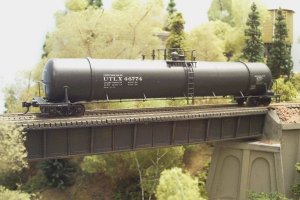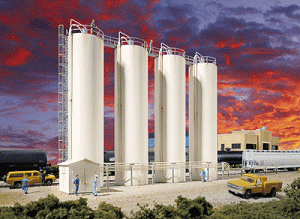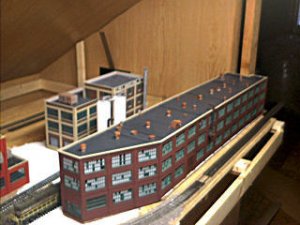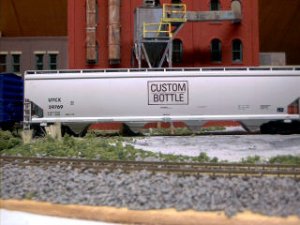Two replies so far on Ry-ops-industrialSIG . . . .
ONE
Plastic are made in the major petrochemical plants around the country. The Texas Gulf Coast being a prime area. The chemical plants look like an oil refinery to the untrained eye. I'm sure the knowledgeable person can spot the differences.
The inbound commodity may be by tank car or more likely, pipline or possibly by ship. Those big plants use a LOT of feedstock. Baytown, Freeport, Channelview, Pasedena, Texas City, Port Arthur, Orange, Bloomington, Seadrift all in Texas are big chemical areas.
Dave Husman
TWO
Plastic pellets are made using a process called polymerization, which essentially means that hydrocarbon chains are introduced into a reactor under conditions that will allow them to combine, or polymerize. This is usually accomplished by introducing an initiator (usually a peroxide compound, if memory serves me correctly), but can be done by other means as well. Polymers are usually made from short-chain organic molecules that have double electrochemical bonds between carbon atoms, and the initiator forces that double bond to break and form a single bond with a neighboring carbon chain. The resulting chains can grow to be huge (at least relative to other molecules), hundreds or thousands of carbon atoms long.
The resulting polymer can then be removed from the mixture, and formed into pellets, which are of course loaded into covered hoppers for sale to a customer. As Dave said earlier, plastic manufacturers are usually located in or near oil refineries to save on transportation costs of the raw materials (ethylene, propylene, etc...). Epsilon, a subsidiary of Sunoco, produces dozens of carloads of polypropylene each day in Marcus Hook, PA and is adjacent to the Sunoco refinery there. Their facility is easily discerned from the rest of the plant by the four large stainless steel silos sitting on top of their loading shed.
Sunoco also sells some ethylene and propylene to other industries, and ships the chemicals out of Marcus Hook in appropriate tankcars. Plastic producers usually need to operate as high-volume producers, so it is logistically not very feasible to bring in lots of inbound monomer by rail. Inbound plastic monomer is not likely brought in by ship, because the raw feeds that plastic producers use must first be separated out of crude oil. In addition to that, ethylene is a gaseous material at normal temperature and atmospheric pressure, and must be transported at a refrigerated temperature and under pressure (conditions that force it into the liquid state, making the most out of an
ethylene tankcar's capacity), so transportation by ship is highly unlikely. Moving propylene by ship also probably doesn't happen, though I wouldn't rule it out just because I've never heard of it happening.
Sean McDonnell






